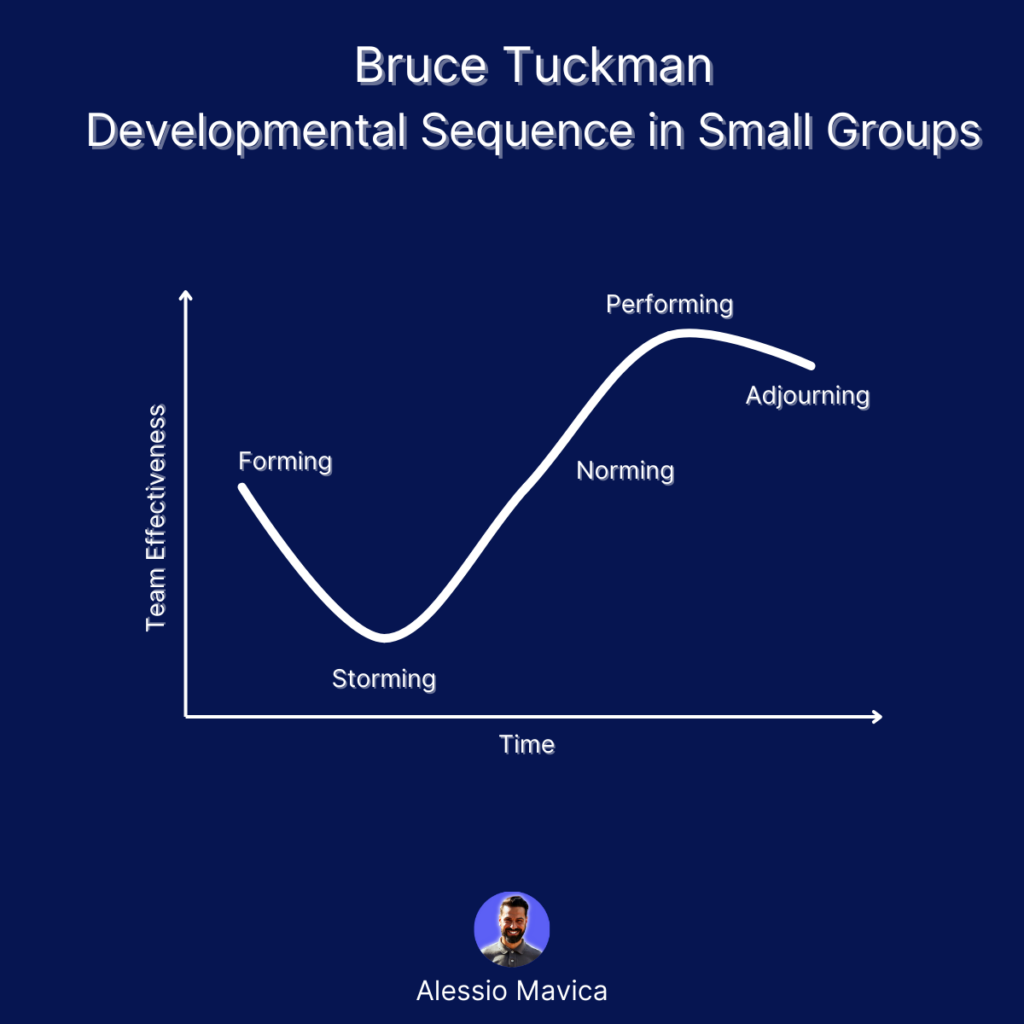Proactive Project Monitoring: Key Strategies
Setting the Foundation for Effective Project Monitoring
Define Clear Objectives and KPIs
First things first. Without clear objectives and key performance indicators (KPIs), measuring project success is like shooting in the dark. Imagine launching a project with vague goals like “improve user experience” or “increase productivity.” How do you quantify success? Define what success looks like and make sure it’s measurable. Use specific KPIs such as “reduce bug count by 30% in the next quarter” or “achieve 90% sprint completion rate.”

With AgencyDots, you can set, track, and monitor these KPIs in real time. This way, you know exactly where your project stands and how it’s progressing. The platform provides built-in templates for setting objectives, allowing you to customize KPIs that align with your unique business needs. It’s a bit like having a GPS for your project—no more guesswork.
Establishing a Transparent Communication Channel
Communication is the oil that keeps the project machinery running smoothly. Lack of transparent communication can lead to misunderstandings, missed deadlines, and ultimately, project failure. Ever had that sinking feeling when you realized a critical piece of information wasn’t shared in time? It’s the worst.
Use tools and strategies that facilitate open dialogue among your team members. Think Slack channels for instant communication, regular check-ins for aligning on progress, and transparent reporting for keeping everyone on the same page. AgencyDots streamlines this with integrated communication features, ensuring everyone is heard and informed. For some great insights on improving project visibility, check out our blog post on improving project visibility. This will give you practical steps to enhance communication within your team.
The takeaway? Clear communication not only resolves issues quickly but also fosters a sense of camaraderie among your team members. It’s a small effort with a big payoff.
Leveraging Technology for Monitoring
Automated Reporting Systems
Imagine not having to chase down team members for status updates. That’s the beauty of automated reporting systems. They save time and reduce errors, leaving your team free to focus on what they do best—developing software. I remember a recent project where we used a manual reporting system, and it was nothing short of a logistical nightmare. Every Friday, our project manager spent hours compiling data from various team members, leading to inevitable delays and data discrepancies.
Switching to an automated reporting system was a game-changer. The reports were generated in real time, and suddenly, our meetings became more about strategic decision-making rather than sifting through outdated data. With AgencyDots, you can automate complex reporting tasks, producing comprehensive, error-free reports at the click of a button. If you’re curious about maximizing the efficacy of automated reporting, have a look at our post on creating automated reports for software projects.
Real-time Analytics and Dashboards
Real-time data is your best friend when it comes to monitoring projects. Instead of waiting for weekly or monthly summaries, you can access dashboards that reflect project health instantly. I was once part of a team that transitioned to using real-time analytics; the impact was immediate and profound. We could identify bottlenecks and resource gaps on the fly, which drastically improved our response times and overall project efficiency.
Using tools like AgencyDots, customization options for your dashboards are endless. You can tailor them to display the metrics that matter most to your project. This dynamic data representation not only keeps stakeholders informed but also empowers your team to make data-driven decisions. If you want to dig deeper, you could even compare our dashboard functionalities to industry standards set by platforms you might find on Wikipedia.
Integration with Existing Tools
No need to ditch your favorite tools. AgencyDots integrates seamlessly with Jira, Trello, and other popular project management software, creating a cohesive ecosystem for all your project monitoring needs. This interoperability is crucial; it ensures that transitioning to a new monitoring system doesn’t disrupt your existing workflows.
In one of my prior engagements, we integrated our project management tool with a CRM system, and suddenly, sales, marketing, and development teams were all in sync. The turnaround in productivity was noticeable within weeks. Leveraging this kind of integration can significantly enhance your project outcomes.
Addressing Common Challenges in Project Monitoring
Handling Data Silos
Now, you might be thinking, “All these tools sound great, but what about data silos?” It’s a valid concern. Data silos can be the silent killers of project success. When data is scattered across various platforms, gaining a comprehensive view becomes nearly impossible. I’ve seen this firsthand—teams working in isolation, each with their own data sets. It’s chaotic and inefficient.
The key is integration and centralization. With AgencyDots, you can consolidate your data sources into a single, coherent system, ensuring that all your project data communicates effectively. By eliminating these barriers, you not only enhance collaboration but also ensure that everyone has access to the same, up-to-date information. This streamlining process was touched on in our piece about the hidden enemy of data silos.
Mitigating Scope Creep
But here’s the thing, even with perfect data flow, projects can still go off the rails. Enter scope creep—a developer’s worst nightmare. So, how do you keep it in check? Well, it starts with clear definitions. Define the boundaries of your project right from the get-go and make sure everyone is on the same page. More importantly, maintain a continuous dialogue about changes and potential impacts. Remember that time when a simple feature request ballooned into a multi-month detour? Exactly. Avoid those pitfalls by setting clear approval processes for scope changes.
For a deeper dive into managing scope creep, you might want to brush up on our article about what scope creep is in project management. You’ll find some eye-opening insights.
Balancing Automated and Manual Monitoring
Finally, let’s talk about automation versus manual monitoring. You might be skeptical about over-relying on automation—understandable. Automated systems are fantastic, but they’re not foolproof. There are nuances that software might miss, like team morale or unexpected stakeholder expectations. Balancing automated processes with manual oversight is crucial.
AgencyDots provides a range of tools to help you strike this balance. You get the efficiency of automation for routine tasks and the flexibility for manual input where human judgment is essential. It’s a mix that ensures both comprehensive monitoring and the ability to adapt to the ever-changing landscape of project management.
Achieving Optimal Project Management
Reflection on the Importance of Proactive Monitoring
And there you have it—an all-encompassing guide on establishing mechanisms to regularly and proactively monitor projects. By now, you should appreciate the transformative power of defined KPIs, transparent communication channels, and the indispensable role of real-time analytics. It’s about creating a work environment where everyone is aligned and information flows seamlessly, much like the oil that keeps an engine purring along smoothly. Remember our story from the introduction about how AgencyDots can be your GPS in navigating the complex world of project management? It’s not an exaggeration.
Final Thoughts
So, why does all this matter? Simply put, proactive monitoring can be the difference between project success and failure. By staying ahead of potential issues, you can course-correct in real-time, making your projects more efficient and successful. Think back to those chaotic projects you’ve worked on—wouldn’t they have benefitted from having a robust monitoring system in place? Probably.
Now, instead of the standard “get started today” line, I’d rather you take a moment to picture how these strategies could transform your current projects. Can you see the clarity and peace of mind that comes with knowing exactly where your project stands at any given moment? Reflect on how applying these principles could iron out the day-to-day wrinkles you face. It’s a game-changer, isn’t it?
Before you move on, consider visiting our blog post on improving project visibility for more actionable insights. Let’s face it, in this ever-evolving field, staying informed and adaptable is your greatest asset. Go ahead, implement these mechanisms, and watch your project sails catch the wind.
Frequently Asked Questions (FAQs)
1. What is proactive project monitoring and why is it essential?
Proactive project monitoring involves regularly checking project progress and taking preemptive actions to address potential issues. It’s essential because it helps in identifying and solving problems before they escalate, ensuring smoother project execution. Our article, “The Ultimate Guide to Establishing Mechanisms to Regularly and Proactively Monitor Your Projects,” elaborates on why this approach is crucial for project success.
2. How can I set clear objectives and KPIs for my projects?
To set clear objectives and KPIs, start by defining what success looks like for your project. Use measurable goals like reducing the bug count by a specific percentage or achieving a certain sprint completion rate. These objectives and KPIs should be aligned with your business goals. For more detailed insights, refer to our section on “Define Clear Objectives and KPIs” in the article.
3. What are the best practices for improving communication within the project team?
Improving communication involves creating transparent channels and ensuring regular updates. Use tools such as Slack for instant messaging and schedule regular check-ins to keep everyone aligned. Transparent reporting and feedback loops also play a significant role. The section “Establishing a Transparent Communication Channel” provides practical advice on this topic.
4. How does real-time analytics aid in effective project monitoring?
Real-time analytics provide immediate insights into your project’s health, enabling you to identify bottlenecks and resource gaps quickly. This helps in making data-driven decisions in real-time. Our article’s section on “Real-time Analytics and Dashboards” delves deeper into how you can utilize these tools effectively. Additionally, our blog post on improving project visibility offers more actionable tips.
5. What are some common challenges in project monitoring and how can I address them?
Common challenges include data silos, scope creep, and balancing automated with manual monitoring. Address these by integrating data sources, defining clear project boundaries, and maintaining manual oversight for nuanced issues. The sections “Handling Data Silos,” “Mitigating Scope Creep,” and “Balancing Automated and Manual Monitoring” offer practical solutions to these challenges. For more on this, consider reading “The Ultimate Guide to IT Project Management Outsourcing.”
Try AgencyDots for free!
Control your entire project portfolio from one place.
Make your software development agency efficient.
No credit card required.

